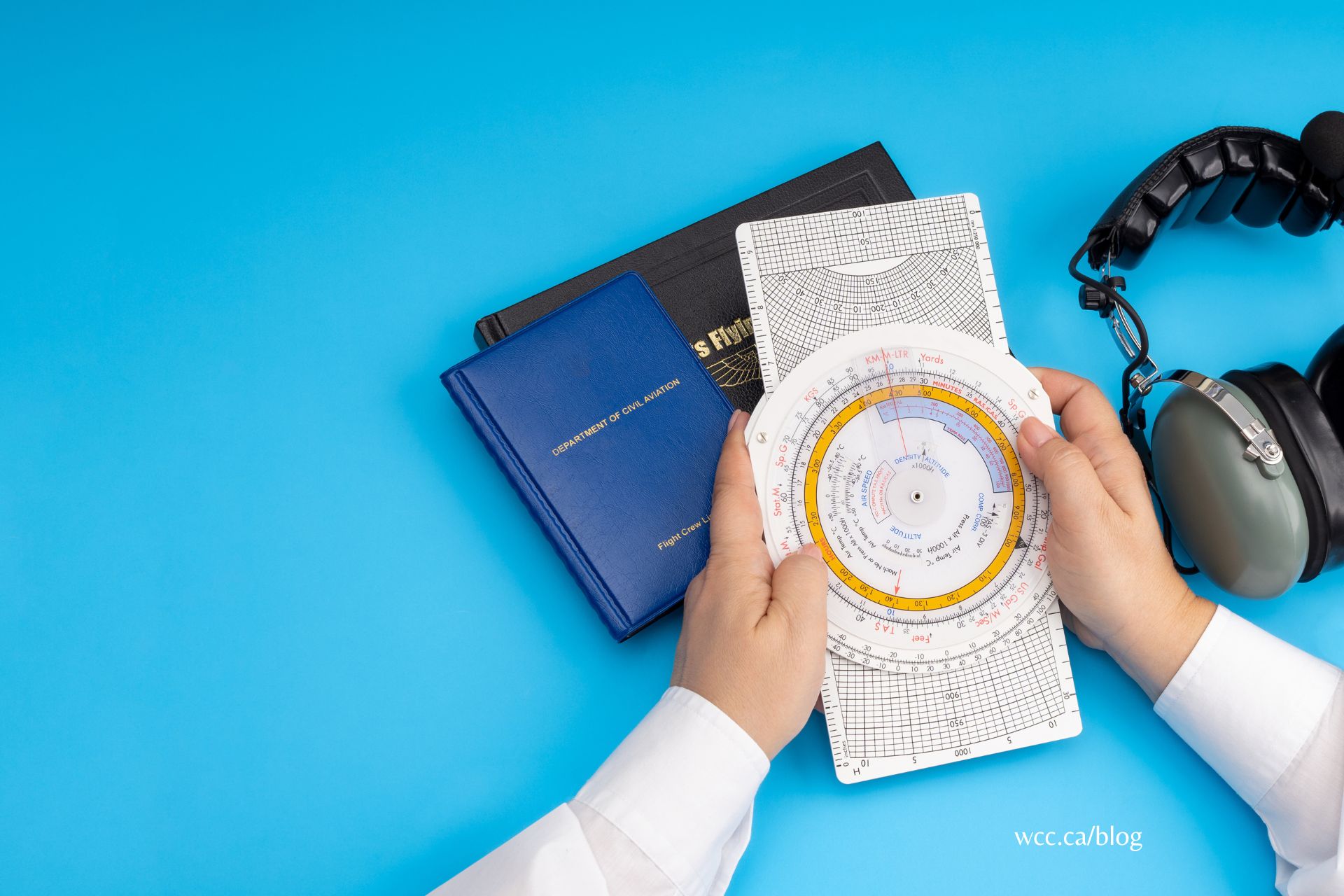Do you have a passion for becoming a private pilot in Canada and obtaining the PPL?
Well, you’re not the only one. There are several individuals who wish to fly an aircraft but are unaware of the requirements that they are expected to fulfill to get the license. Therefore, if you are also scrolling the internet, finding answers to the question; ‘what are the requirements for a PPL?’ then don’t worry because this article got you covered.
So, let’s get started and discuss the Canadian PPL eligibility criteria!
Eligibility Criteria:
The requirements for private pilot license in Canada include:
Age and Eligibility
- Minimum age of 17
- No criminal record
- English proficiency required
Educational Background
- Completed home study course
- Passed knowledge test on aircraft and related subjects at ground school
- Passed practical flying test
- Medical certificate (category 1 or 3)
Training and Flight Hours
- Attain a minimum of flying hours, including both dual instruction and solo flight experience
- Train pilots to make appropriate decisions in various scenarios, such as weather, equipment breakdowns, and airspace challenges
Written and Practical Examinations
- Medical test results cleared by AME
- Passed knowledge test on aircraft and associated subjects in ground school
- Passed practical flight test.
Medical Fitness Standards:
Physical Health
- Pilots must be physically fit to safely fly and land aircraft
- Eyesight, color blindness, and cardiovascular risk must be checked
Vision Requirements
As far as vision is concerned private pilots I expected to have a clear vision and right color perception
If an individual is dealing with an issue of color blindness then they may not be eligible to work as a private pilot.
However the vision requirements may depend on the profession within this field. If a person OPS to work in any areas such as maritime or electric wiring another kind of design work there it is crucial to define and distinguish colors then colour blindness may play a major role as in eligible criteria. However for professions within this field work colour blindness may not be a big issue and it can be compensated through other alternatives then color blindness may not be a major concern impacting the eligibility criteria.
Practical Flight Test:
- Pre-flight Briefing:
Preflight briefing refers to the instructions weather conditions emergency procedures flight path and other duties that an examiner or instructor she’s with the applicant before the practical flight test
- Aircraft inspection
Before flight an applicant is assigned to conduct a preflight inspection which is done in order to ensure that the aircraft is set according to the safety regulations and its components are working fine
- Flight maneuvers:
During the flight test the instructor or the examiner tests the pilot and his or her ability to respond in an alarming or an irregular situation this tests could include
- Emergency takeoff or climb
- Emergency landing
- Level flight
- Slow flight
- Emergency procedures
- Navigation
The pilot is tested for his or her ability to navigate using the GPS Decision making skills if the flight has to land in an alternate destination for any reason
- Emergency procedures
This is a highly crucial and major part of the test when a pilot is tested for his ability to take off or land flight in an emergency or any alarming situation. These situations could be but not limited to electrical failures, engine failure etc.
Regulatory knowledge
The regulations regarding flight rules are set by the Aviation Authority and Conveyed to the pilots. This regulatory knowledge is highly crucial for the following reasons
In order to fulfill the legal safety law
- To avoid plane crashes
- To avoid the risk of an emergency situation
- Do avoid paying hefty penalty charges
Language proficiency
The requirements for language proficiency in English include:
The requirements for language proficiency in English include:
- Demonstrating English as an international language used by the aviation staff,
- Conducting a test to ensure that the applicant is fluent and proficient in English
- Hosting a training session regularly to be proficient in English.
Importance of clear communication in aviation:
- To ensure safe operations
- To communicate with the relevant professionals in case of an emergency
- To avoid any misunderstanding
- To avoid conflicts
Conclusion:
Therefore it can be concluded that conditions for a private pilot license in Canada include, firstly, being eligible in terms of age, education training examination and fitness
Once an individual fulfills the eligibility criteria there is a practical flight test conducted which includes preflight briefing, aircraft inspection, flight maneuver
s common navigation as well as emergency procedures
Other than the criteria the pilot is required to have sufficient regulatory knowledge and be proficient in English for the best chances
I hope this article answers your question;’ what are the requirements for a PPL in Canada?’
Frequently Asked Questions:
Q: What are the age requirements for obtaining a PPL in Canada?
A: The age requirement for obtaining a PPL in Canada is minimum seventeen years old.
Q: Are there any educational prerequisites for aspiring pilots?
The education prerequisites for aspiring pilots include ground school completion and cleared written examination
Q: How many flight training hours are required for a PPL in Canada?
A: The minimum flight training hours required for a PPL in Canada include 45 hours
Q: What medical conditions may impact eligibility for a PPL?
A: A pilot’s eyesight, color blindness, and cardiovascular risk may impact eligibility for a PPL
Q: Are there language proficiency requirements for obtaining a PPL in Canada?
A: The requirements for language proficiency in English include:
Demonstrating English as an international language used by the aviation staff, conducting a test to ensure that the applicant is fluent and proficient in English as well as hosting a training session regularly to be proficient in English.



